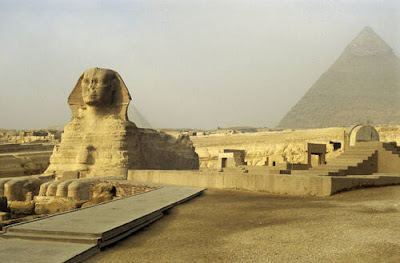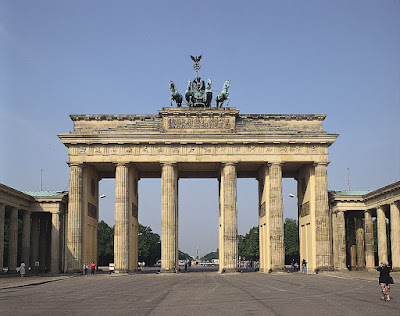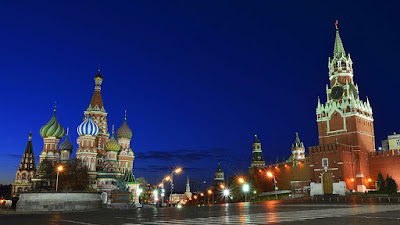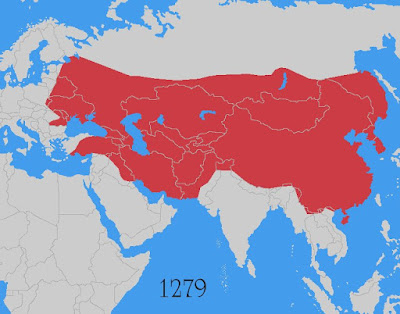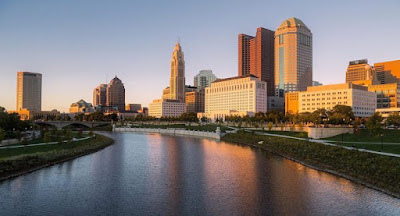Laponian Region in Finland: A Natural Jewel

In this circumpolar region of northern Finland live the Sami, the name the Lapps give themselves. It is the largest and one of the last areas where an ancestral way of life based on transhumance is still practiced. Every summer, the Saami drive their immense herds of reindeer into the mountains in a natural landscape of extraordinary beauty. The first traces of man's presence in these lands date back to the Paleolithic period, towards the end of the last glaciation, about 10,000 years ago. They were a nomadic people whose presence was detected by the foundations of their houses and homes, who lived by hunting and gathering and whose main source of subsistence was reindeer. The present inhabitants, the Sami or Lapps, arrived in these latitudes from the east some 5,000 to 4,000 years ago. Other peoples from the south arrived at the same time but settled along the rivers and lakeshores.



